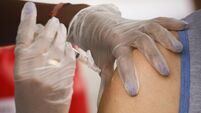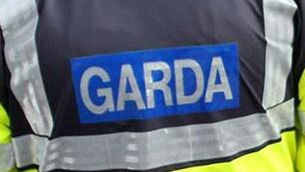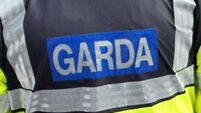Smokers exposed as the worst litter offenders
While Ireland as a whole is failing to clean up its act, smokers are the worst offenders, accounting for almost half the rubbish spoiling urban areas.
A national litter report prepared for the Department of the Environment shows a shocking 93.4% of public spaces monitored by local authorities last year were found to be at least slightly littered.
There was some reduction in the number of severe litter blackspots with the amount of space categorised as moderately, significantly or grossly littered all down on 2007. But figures from the National Litter Pollution Monitoring System for the past five years show little real change in littering habits over that time.
In particular, smokers have remained the chief culprits year after year with their discarded butts accounting for 42.4% of all street litter nationally last year and their used matches and empty cigarette packets making up 3.7% more.
They aren’t alone in leaving their mark on the streets, however, as gum chewers are responsible for 30.8% of all street litter while the sweet-toothed and the eat-on-the-move brigade also contribute their fair share to the problem.
Retail outlets and gathering points, long blamed as litter magnets, are not the biggest problem as the report shows the amount of rubbish allowed to gather at fast food outlets, bank ATMs and public bins actually decreased last year while bus stops, transport stations, major entertainment venues and areas frequented by school children remained constant.
But passers-by – both on foot and in cars – seem to take an out of sight, out of mind approach as they simply drop their litter and move on. Passing pedestrians accounted for 37.6% of all the litter deposited on the streets, while passing motorists added 17.6%.
Environment Minister John Gormley took heart from the fact that the severity of littering had decreased slightly even if the overall extent of littering hadn’t.
“The report shows significant increases in the percentage of areas classified as either litter-free or only slightly littered with over 69% of areas surveyed falling into these two categories.
“This represents the highest level of cleanliness achieved since monitoring began,” Mr Gormley said.
However, he added: “We must all strive to ensure that this improvement continues through more challenging economic times.”
The majority of the country’s 114 local authorities now feed information annually into the National Litter Pollution Monitoring System, each selecting multiple sample sites within their own administrative areas.
The full report for 2008 will be published by the Department of the Environment today.












